A great way to think about how to structure writing is by using the example of a burger or a sandwich. I was taught this same way when I was young, so this concept has been around for a while now!
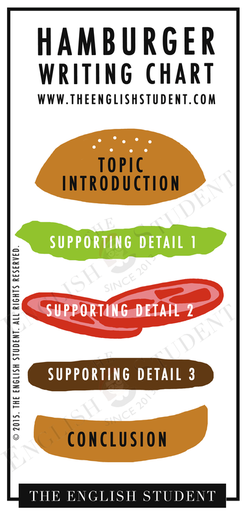
You begin first with your main idea/ introduction. This is the top bun of the burger. What are you writing about? What's your topic?
For example:
"Learning English can change your life in positive ways"
DETAILS
All the ingredients are what provides taste to the burger. These are the supporting details 1,2, and 3 (or more) that gives the writing the "meat." You can add tomatoes, lettuce, cheese, pickles in a burger - these all provide substance and taste. That's what we need to make a writing (and a burger) interesting!
For example:
Detail 1 : English can open up many job opportunities
Detail 2 : English can give you more independence when traveling around the world because English is a common language.
Detail 3 : English can give you more opportunities to meet new people
CONCLUSION
The bottom bun of the burger completes the burger. This is where you would bring everything to a conclusion.
The top and bottom buns hold all the main ingredients (supporting details) together. If you don't start with a bread on the top or bottom, the burger would be strange and probably wouldn't taste so delicious. All the ingredients in your burger would just fall out too. The top and bottom bun provides structure to hold everything together. These are just as important as the ingredients inside a burger.
If you're interested in a Hamburger Chart Worksheet to use in the classroom or to practice on your own, you can download it here.
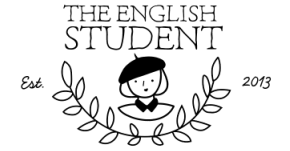
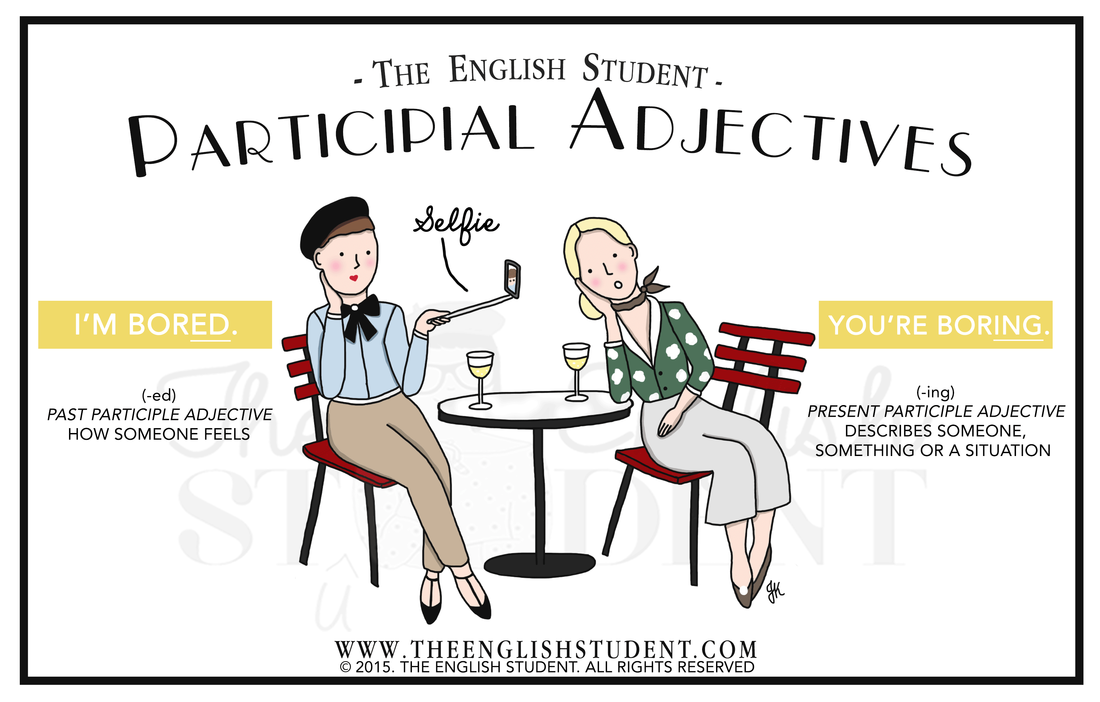
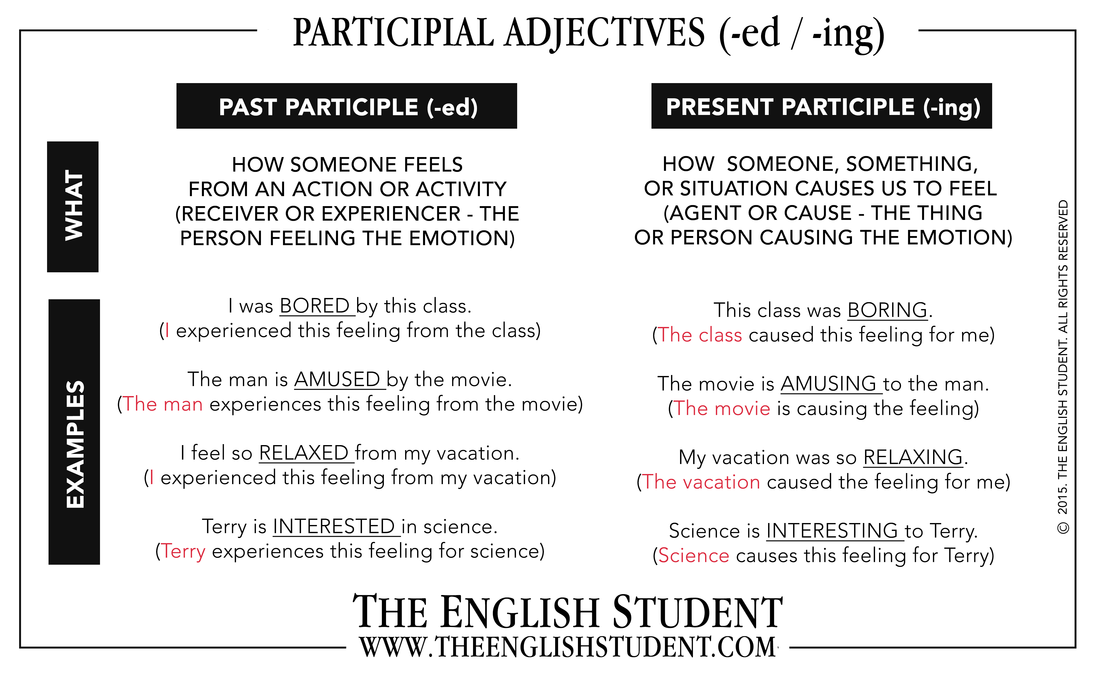
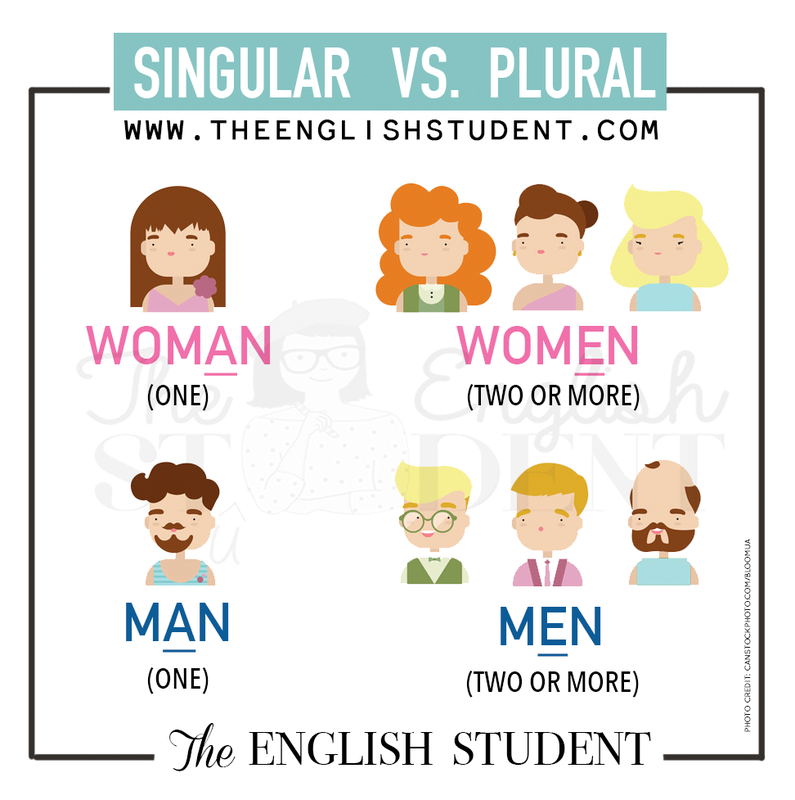
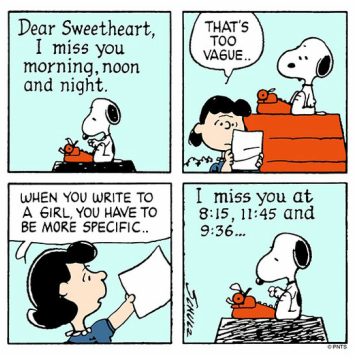
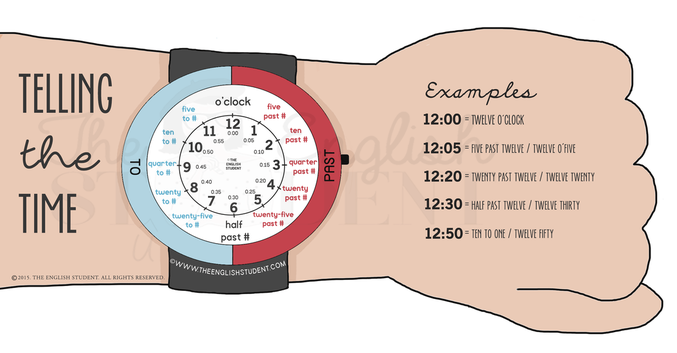
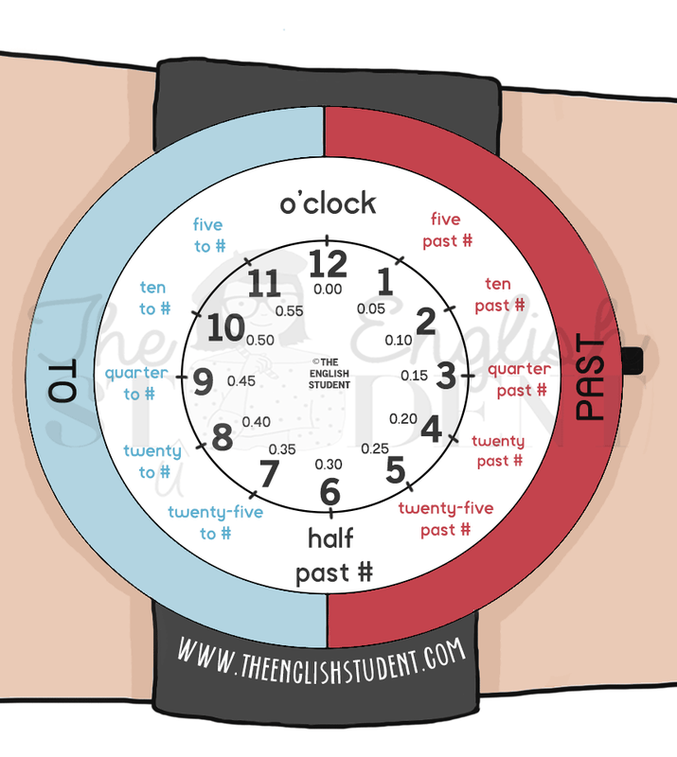
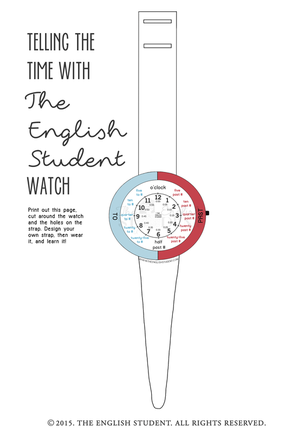
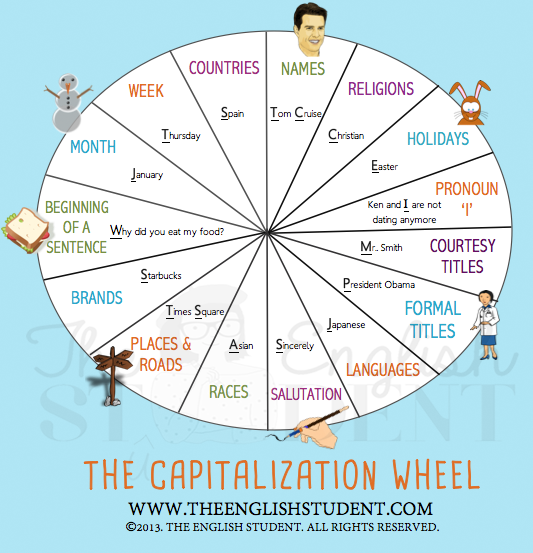

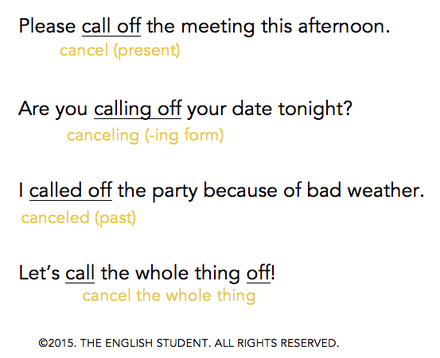






 RSS Feed
RSS Feed
